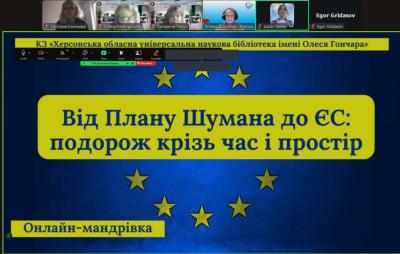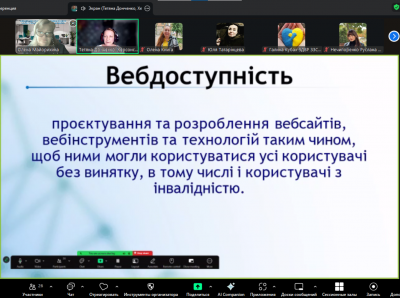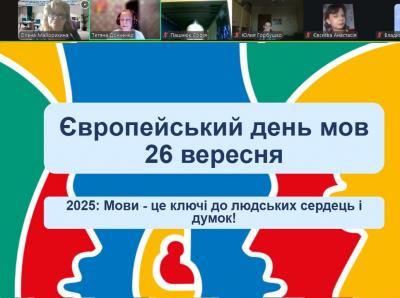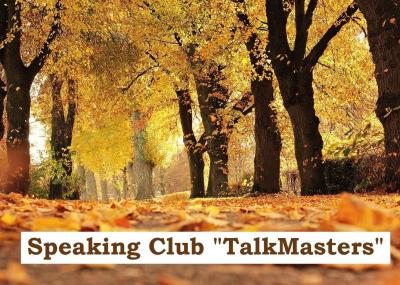Patty Berg
Patty Berg
1918 - 2006
Golf
"I'm very happy I gave up football, or I wouldn't be here tonight."
— Patty Berg on the eve of her induction into the LPGA Hall of Fame
Her athletic achievements in the sport of golf have earned Patricia "Patty" Berg countless honors and awards. In her career, Patty had 57 victories, including 15 major tournaments. Along with her play, Patty's contributions to golf place her in the company of such distinguished women golfers as Mildred "Babe" Didrikson, Louise Suggs, Mickey Wright, and Kathy Whitworth. Patty is one of only six women golfers to win both the U.S. Women's Amateur and U.S. Women's Open. During her career she was the recipient of three Vare Trophies, awarded annually to the woman with the lowest overall scoring average. And as winner of the Golf Digest Performance Average Award in 1954, 1955, and 1957, it was yet another three-time honor for Patty. However, for her pioneering efforts in promoting women's golf as well as cofounding the Ladies Professional Golf Association, Patty Berg may be one of the greatest contributors to women's sports in the twentieth century.
Even as a youngster, Patricia Jane Berg loved sports. Born on February 13, 1918, in Minneapolis, Minnesota, Patty was soon a fierce competitor, as demonstrated by her success in track and field and in speed skating, where she came in second at the national girls' championships in 1933. Another of her passions was football. Patty quarterbacked the otherwise all-boys 50th Street Tigers, a team that included her brother and future professional football star and coach Bud Wilkinson.
When Patty turned 13, her parents decided she was too old to be playing a physical contact sport with boys. They persuaded her to try the more ladylike sport of golf. Her father bought her a secondhand set of clubs and a golf membership at Interlachen Country Club in nearby Edina, Minnesota. Three years after taking up the game, Patty won the Minneapolis City Championship and reached the semifinals of the U.S. Women's Amateur tournament. This was the beginning of a seven-year run in which Patty would win more than 28 amateur championship titles including the Minnesota Women's State Amateur in 1935,1936, and 1938.
Among her other early achievements, Patty was named to the U.S. Curtis Cup team in 1936 and 1938.This international women's amateur competition is held every two years with the United States facing a team made up ofwomen from England, Scotland, Ireland, Northern Ireland, and Wales. The winning country takes custody of the cup until the next match is played. Patty also won the National Amateur title in 1938 at the Westmoreland Country Club in Wilmette, Illinois, and won the first of three Associated Press Athlete of the Year honors. At the age of 20, Patty had already won every major amateur title in the United States.
Despite the fact that there was still no women's organized professional golf tour, Patty turned pro in 1940. As the most recognized and successful women's golfer of her time, Patty earned money by traveling around the country giving golf clinics and exhibitions. She also signed a contract with Wilson Sporting Goods, which began manufacturing a set of golf clubs that bore her name.
In 1941, Patty was involved in a serious automobile accident and suffered injuries that sidelined her from the game for 18 months. After her recovery, Patty joined the marine corps and served as a lieutenant from 1942 to 1945 in World War II. After the war, Patty returned to golfing full-time. As though there had not been a five-year hiatus from the game, she won her first U.S. Women's Open Championship in 1946.
The first formation of the first women's professional tour (WPGA) was attempted by Hope Seignious, Betty Hicks, and Ellen Griffin shortly after the war. But the tour struggled, trying to attract players and spectators. Patty certainly was doing her part. She continued her winning ways, capturing seven titles in 1948 alone. FinaUy with the additional efforts of Patty and golfers Mildred "Babe" Didrikson, Louise Suggs, and Betty Jameson, the WPGA was replaced by the creation of the Ladies Professional Golf Association (LPGA).
Patty became the LPGA's first president. Often the players worked long hours setting up the tournaments they were playing in but the LPGA's strongest assets were its players. These included Babe Didrikson, arguably the greatest female athlete of the twentieth century, as well as Louise Suggs, Betsy Rawls, and Patty herself. For their contributions to the game, Berg, Didrikson, Suggs, and Jameson were named as the first inductees to the newly created LPGA Hall of Fame in 1951. Patty was the tour's leading money winner in 1954, 1955, and 1957.
In 1959, at the age of 41, Patty was competing in the U.S. Women's Open at the Churchill Valley Country Club in Pittsburgh. During the tournament she recorded a hole-in-one, the first woman ever to do so in a United States Golf Association event. New star players on the golf scene in the 1960s like Mickey Wright and Kathy Whitworth continued to build the LPGA's popularity, ensuring its survival. In 1963, the LPGA finally attracted television cov¬erage of the final round of the tournament. For the female athletes, monetary rewards increased tremendously during the 1960s, with prize money tripling from $200,000 to $600,000. Women's golf had come a long way since the days when Patty began her career.
Throughout the next several years, accolades and honors continued to shower Patty for her athletic achievements. In 1963, Patty was named the winner of the Bob Jones Award, presented by the USGA to a player who demonstrates its namesakes's sportsmanship and respect for the game. As the first woman so honored, Patty was given the 1976 Humanitarian Sports Award by the United Cerebral Palsy Foundation. And as an ultimate honor, in 1978, the LPGA established the Patty Berg Award, presented to women golfers who have made outstanding contributions to the game.
Though illnesses and injuries have plagued Patty throughout her life, she has demonstrated the same resolve and determination in her recoveries that she showed in her desire to win. In 1971, Patty underwent cancer surgery; in 1980, hip surgery; and in 1989, back surgery. But none of these health problems slowed Patty down. In the summer of 1991, at the age of 73, Patty recorded yet another hole-in-one. She is the author of three books on golf, and has devoted countless hours to volunteer charity work.In 1995, Patty was honored by the Professional Golf Association by being named their Distinguished Service Award winner. In 1996, as a Minneapolis native, Patty was named the recipient of the Minnesota Golf Association's Distinguished Service Award. Established in 199'4, and named after 20-year MGA executive director Warren Rebholz, the award is presented to "individuals who through their actions have exemplified the spirit of the game at its highest level. .. ."And in May 1997, 66 years after taking up the game of golf, Patty was honored with the Spirit Lifetime Achievement Award.
Patricia Berg's legacy will live on beyond her achievements in the game of golf. In 1993, the Southwest Florida Regional Medical Center honored Patty by opening a cancer treatment clinic bearing her name. In 1995, the University of Minnesota named its athletic program the Patty Berg Foundation. A longtime resident of Fort Meyers, Florida, Patty Berg continues to lead an active life—playing golf when she can, continuing her volunteer work, and giving something back to the game she loves by teaching golf to adults and children.
More detailed information can be found in the "Extraordinary Women's Athlets" Judy L.Hasday, and issued by The Children's Press in the USA.
Information should be used just for educational purposes.











Comments